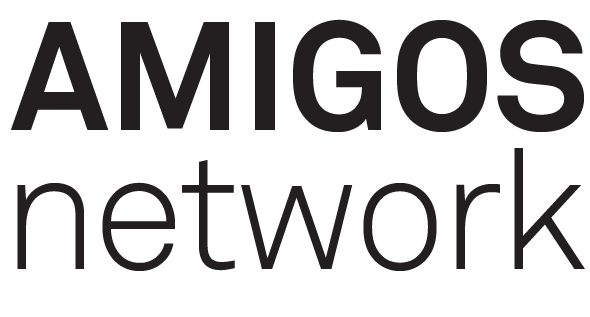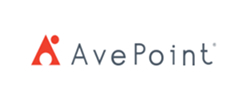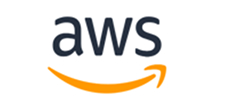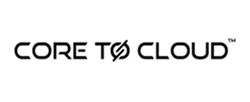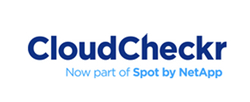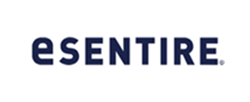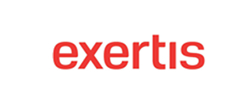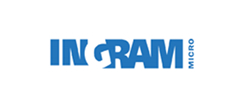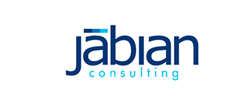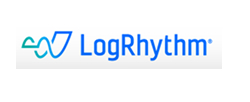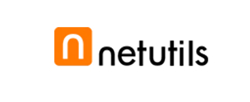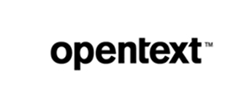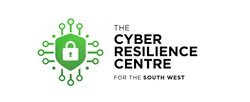Monday, May 13, 2024 by Shelley Hirst
The first thing we all agree on is every business needs sales leads.
Making the call is important, but an ill-timed approach that's not right for the buyer isn't going to be right for the salesperson either.
This a constant topic of conversation we churn regularly within our team. Here are some of our latest musings that may help if you're looking to make changes that will stimulate interest in your products and services and improve the likelihood that buyers will be interested in your call.
Picture this
You're tearing around at home doing the usual stuff, catching up on chores, getting ready for the gym or taking the kids out. Always a lot going on. Suddenly, your doorbell rings. You weren't expecting anyone. Reluctantly, you open the door to find a salesperson or a charity rep, armed with an ID badge, brochures, and a rehearsed pitch, ready to convince you that what they have is worth the interruption.
Annoying, right?
Similar scenario
Now apply that to the business world and selling technology products. Buyers today are busy. Very busy. Many of the products being pushed towards them rejoice in the virtues of saving time, money and so on, but they're far from interested in that when they don't even know who you are. You're just an annoying interruption to their busy day.
That's not to say you're not exactly the right fit for them, but timing is everything.
Back in the real world
Buyers are savvy, well-researched, and value autonomy in their purchasing journey. They don't want to be force-fed; they want to discover, understand, and consider the logic in what is being presented and then discuss it when the time is right for them.
Equally, sales teams don't want to be force-fed leads that mean endless hours trying to connect with buyers who may have only shown a passing and superficial interest in the topic.
How do we all get what we want?
Simply put, today's tech buyers value trust. They seek genuine interactions over sales pitches.
Reaching out with insight and understanding leads to genuine conversations. When a sales team has a comprehensive grasp of a buyer's journey and interests, their approach feels more personalised and relevant, paving the way for meaningful onward conversations.
The result? Buyers feel respected, understood, and more inclined to engage. Sales teams are more productive and meet their call objectives.
So how do you make that happen?
Creating a two-way street
Communities where buyers and sellers are a place where relationships can be nurtured. Taking buyers through logical stages that help them figure out their problems will lead them to the people who can help them fix them. There's a difference between this and how you engage with them through your own website and communications as it offers a degree of impartiality.
That's not to say it lacks sales intention, but it's presented more appealingly so when they're ready to decide to take a call it's backed by trust and the likelihood of a better outcome for both parties.
A programme that makes a difference
This is where our methodology comes into play. Imagine instead of that insistent door-to-door salesperson, you have a friendly neighbour who invites you over for a casual chat about a topic you both love.
They've created a comfortable space, where you can learn at your own pace, ask questions, and share experiences. That's precisely how we aim to offer information to our buyer communities.
The icing on the cake: Market Activation™
In the grand scheme of things what we've achieved is simple: create environments where engagement is authentic, and growth is sustainable through the one thing that sets us apart - our buyer communities.
But Market Activation™ doesn't stop there. Lead progression and visibility are important to our sales customers so we make that available every step of the way in dedicated dashboards.
Better still, we're accountable for results and because we're so sure our approach works, we're happy to sign up for performance guarantees at any programme's start.
Now that's got to be a win-win-win!
Author: Shelley Hirst, The Amigos Network
email: shelley.hirst@theamigosnetwork.com
If this makes sense to you ......
Take a small step. Ask us to show you how Market Activation™ will help amplify your brand, identify buyers with purchasing intent and create better-informed sales conversations!
It can be a complete enabler for small/newly funded businesses or as a programme that's part of a wider demand generation strategy.
Vendors looking to support their partner channels in their demand-creation efforts find it particularly beneficial if they build it into their channel programmes.
Forward-thinking distributors wishing to offer value to vendors and partners by engaging and managing relationships directly with buyers are also creating interest.
And great news for the budget holders - depending on where you sit there are models some customers have adopted that have made it cost-neutral or revenue-positive at source.
Frequently Asked Questions
Market Activation identifies in-market buyers (via intent data, behavioural signals) and immediately engages them with tailored outreach (nurture tracks, one-to-one advisor sessions, community invites).
Demand Engine: Targeted outreach (email, ads, sponsorships) that scores clicks → qualified leads → sales-ready appointments.
Performance Dashboard: Real-time visibility into open rates, CTOR, CPL and lead progression via our online sales portal.
Content Amplification: Thought leadership shared in The Amigos Network drives deeper engagement and social proof.
Peer Validation: Prospects get candid feedback from peers on your solutions, shortening the evaluation cycle.
Pipeline Catalysis: Warm introductions and referral paths within the community fuel high- intent conversations.
- Top-of-Funnel: Build credibility through community content and events.
- Mid-Funnel: Leverage peer case studies, expert Q&As, and live demos to answer deep technical questions.
- Bottom-of-Funnel: Invite high-intent members to advisory councils or private 1:1 sessions, often the final nudge before purchase.
- Interesting content: We originate, curate, and syndicate different types of content we know our audiences want to engage with and tell them it’s there.
- Sponsored content: We use sponsored content to drive engagement with individual brands.
- Promotion: We promote that content via multiple channels such as email, social media, YouTube, and so on.
- Identification: We ingest company-level engagement signals and combine it with known contacts that may be researching key topics.
- Segmentation: Members are bucketed by level of intent (high, medium, low) plus ICP fit and company size.
- Activation: High-intent members receive prioritised community invitations (events, focus groups, product deep-dives) to accelerate deals.
- Purchased data highlights who’s in-market.
- Community engagement reveals what questions they’re asking, so your nurture can be hyper-relevant.
- Result: A 2–3× lift in meeting acceptance and pipeline velocity vs. cold outreach alone.
- Marketing owns the nurture tracks, community invites, educational content, and event promos.
- Sales intervenes only at “high-intent + active community engagement” thresholds, with account-specific demos and peer introductions.
- Outcome: Fewer wasted calls and a higher win rate on truly qualified opportunities.
- Engagement Metrics: Community log-ins, event attendance, content downloads.
- Intent Conversion: % of intent-scored members who join private roundtables or request demos.
- Pipeline Velocity: Time from first community touch to opportunity creation.
- Revenue Impact: Contribution of community-sourced deals to overall bookings.
- Average Weekly Open Rate: 40%
- Average Weekly Click-to-Open Rate: 70%
- Average Cost-per-Lead: £45
- Minimum ROI: 500%
- Average Dwell Times: 1 minute 45 seconds
